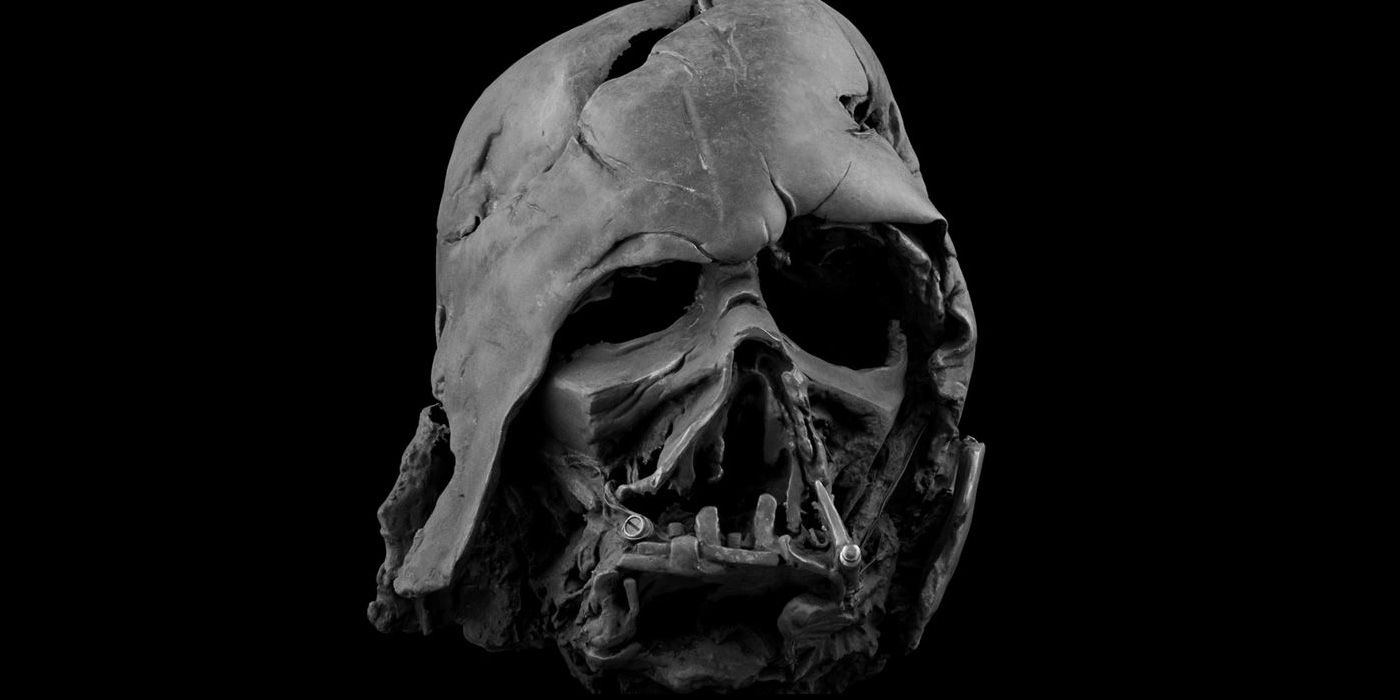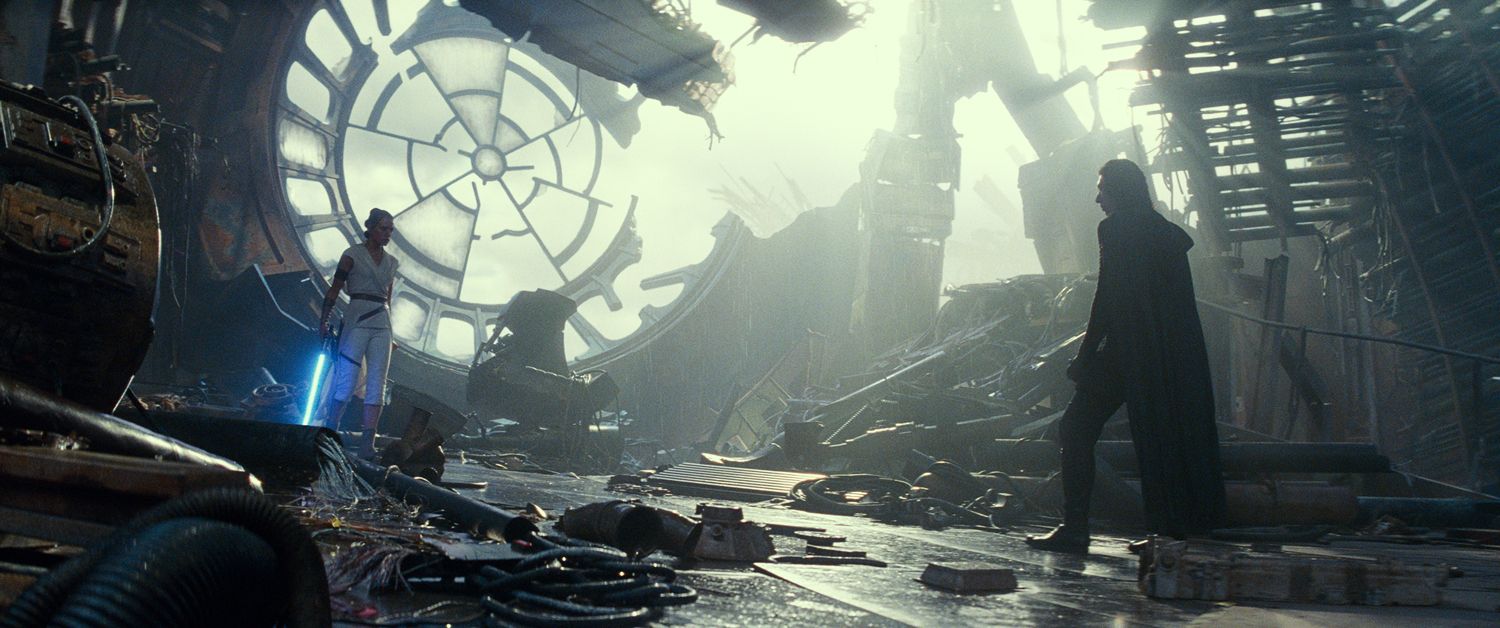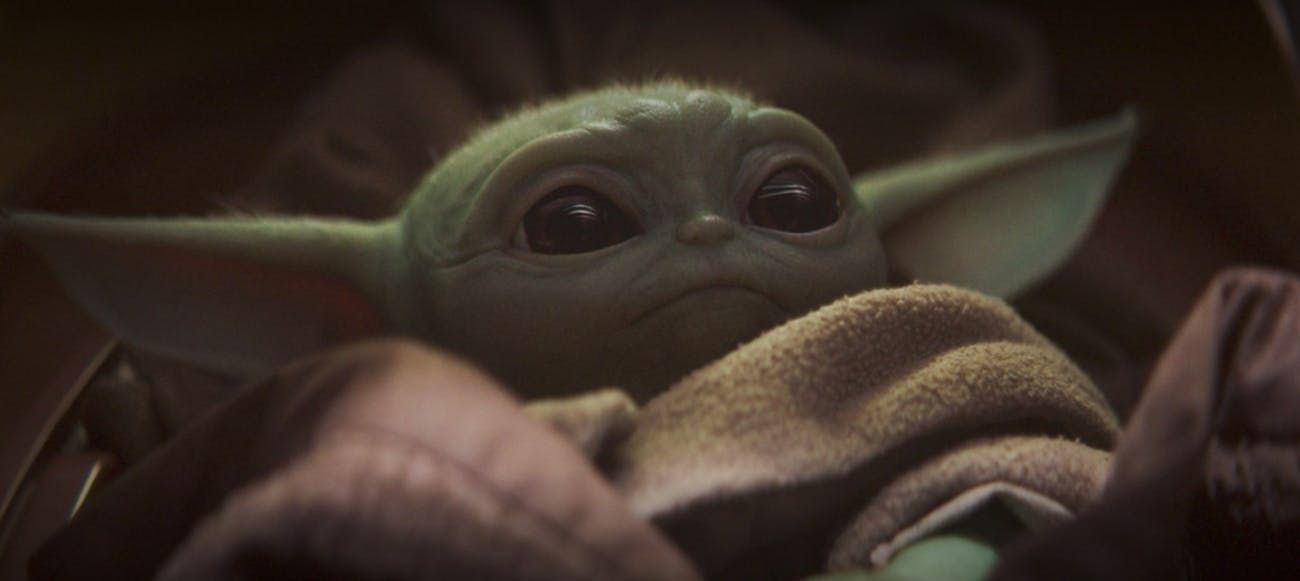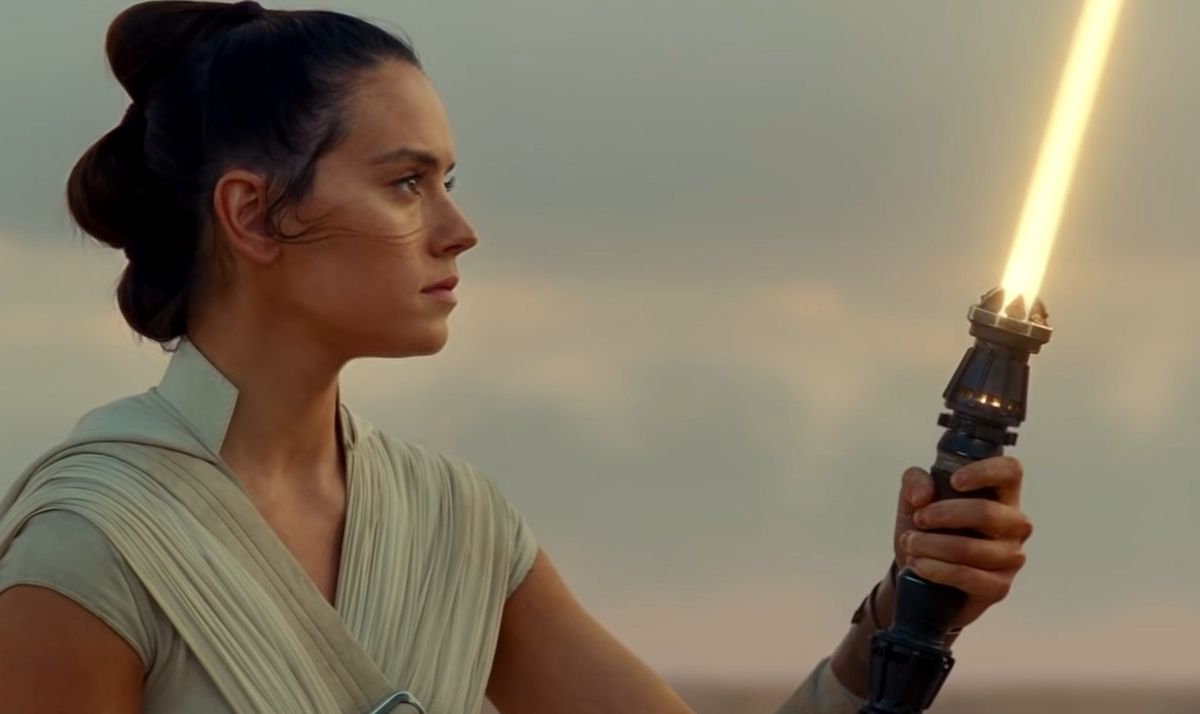[Editor's note: The following contains spoilers for Star Wars: The Rise of Skywalker and The Mandalorian.]
When we look back on this chapter of the Star Wars franchise, the movie that will stand as the turning point is The Last Jedi. Regardless of what you think about the merits of that movie, we can at least agree that the film itself was divisive. Specifically, it was divisive because it dared question the world of Star Wars. For some in fandom, the mere act of questioning is an act of disrespect. To show true adoration, you must echo what came before and demonstrate a deep knowledge of lore. You don’t question that lore; you just show that you know it. Appreciation isn’t shown in subversion or engagement, but by repeating the arcana like it’s Holy Scripture.
For a studio like Disney, divisiveness is death. Divisiveness and controversy are associated with conflict, and conflict is associated with negative feelings. If you have negative feelings, you’ll be less inclined to buy things. That means fewer toys sold. That means fewer trips to Galaxy’s Edge. That means fewer subscriptions to Disney+. Everything needs to appeal to the widest audience possible. It would be far better if something flopped and was instantly forgotten, but to dredge up conflict is to damage the brand, and the Star Wars brand is worth billions of dollars. It must be protected, and that means it must not be questioned, only reinforced.
In 2019, we saw Disney’s answer to The Last Jedi, and that answer was to cling to the past for dear life and let nostalgia carry you the rest of the way. We won't see the next Star Wars movie, Rogue Squadron, until December 2023, but The Rise of Skywalker and The Mandalorian indicate that the future of Star Wars will be safe, full of fan-service, and deeply uninteresting. For a franchise that started out as a big risk for creator George Lucas, Disney has now decided that you don’t need strong storytelling or bold creative decisions. What you need to do is appease the faithful (no matter how toxic their behavior) and the casual fans won’t care enough to argue.
I’ve gone on at length about the myriad of problems affecting The Rise of Skywalker from its shallow ending to its insularity about Rey’s parentage to how it weakly provides answers to questions that only the most anal-retentive fans demanded. But its biggest problem stems from a lack of care and attention paid to characters and storytelling just so it can feed you back the things you already saw. For Disney, this is how you make money. You don’t make a bold, new, expensive live-action film. You just make a more expensive animated version of The Lion King and earn $1.6 billion worldwide. You don’t close out the Skywalker Saga by giving people answers they don’t want and telling them that anyone can be special. You say there are only two special families in the galaxy—the Skywalkers and the Palpatines—and it’s been this way since 1983. It’s not creative cowardice, it’s tradition. Now would you like a Skywalker action figure or a Palpatine action figure?
The Mandalorian goes even further by slightly repurposing what came before, but not in a way that would upset any Star Wars fan. In the first season, your main character is basically Boba Fett, but not in a way that would require any bold story decisions about why Boba Fett isn’t dead. Then he goes around and encounters familiar things from the Star Wars universe, but they’ve been slightly kicked up a notch so that they’re not contextualized, just enhanced. For example, the Imperial Walkers that were comically taken down in Return of the Jedi are back, but now they’re more dangerous with glowing red eyes. Stormtroopers are notoriously terrible shots, but now we have a character who acknowledges that stormtroopers are poor marksmen. The showrunners want you to know that they are fans, and it is good to be a fan.
If there’s an image that perfectly sums up what the future of Star Wars looks like, it’s the breakout star of The Mandalorian, Baby Yoda whose official name is "Grogu" but will forever be known as "Baby Yoda". Baby Yoda is Disney’s ideal version of what Star Wars should be going forward. It’s a thing you know (Yoda) but cuter (Baby). Keep in mind that Baby Yoda is not a character. He doesn’t have wants or needs or the ability to create more conflict than any other MacGuffin. But you love him because he’s adorable and he’s familiar.
That’s where Disney wants you as a Star Wars fan: eager to shell out money, not for something that challenges you, but for something that comforts you. And I get it. We live in stressful times, and corporations are in the business of making money. But there was a time when we could have it both ways and you could engage with stories and characters and buy things. The Last Jedi was divisive, but it didn’t hurt the sale of porgs. You could make a cute new thing that wasn’t just a version of the old thing. These are not competing interests, but for Disney, stories and characters are just extensions of the brand. Disney's CEO isn’t walking around thinking about what the Mandalorian’s character arc will be in the first season. He’s thinking about making sure your appreciation of Star Wars never wavers so that you’ll keep buying Star Wars things. The stories and characters don’t have to be great; they just have to be good enough to keep you moderately interested. And even if the stories and characters are weak, if they throw enough familiar things at you, you’ll be comforted by nostalgia.
In terms of profits, that’s great for Disney and their shareholders. But for those who hoped that one of the biggest franchises on the planet might tell better stories or craft strong characters, we are out of luck. It means that Star Wars can never move forward; it can only regurgitate what was widely popular or deeply esoteric, but never anything new. To create something new or, even worse, do something that challenges the orthodoxy, could reflect negatively on the brand, and Disney can’t abide the risk.
Without risk and creative leaps, Star Wars will become moribund. It will eat its own tail and serve only people who have read every Expanded Universe novel and bought every comic. Star Wars won’t be for the masses, but only for the most devoted, and devotion will be measured in how much you buy. Why make one inspirational movie when you could sell 15 comic books that tell you where yellow lightsabers come from? Instead of rich world building that looks outward, you get world-building that only fills in the gaps of what was there before. Star Wars offers a big, expansive galaxy, and The Rise of Skywalker and The Mandalorian both ask, “How can we make it smaller?” Yes, there are a slew of spinoffs on the way, but they're rooted in characters with die-hard fanbases. The Obi-Wan Kenobi series could be great, but at the end of the day it's mining a familiar character because familiarity is prized above risk.
To use an analogy with another successful Disney franchise, imagine if the studio looked at the success of Iron Man and said, “Okay, this is great, so we definitely need more movies starring Iron Man. And then, let’s have a Pepper Potts spinoff. And Obadiah shouldn’t be dead because we can bring him back and maybe use him as an antagonist again. Also, that helper robot got some big laughs, can we maybe make him the star of a TV show, or maybe pair him with Happy Hogan and they’ll go on episodic adventures? Whatever we do, let’s be sure to strip mine it to death because we bought something popular and something new may not be as popular.”
Avoiding risk is a great way to get a return on your investment, but it’s a horrible way to tell stories.




